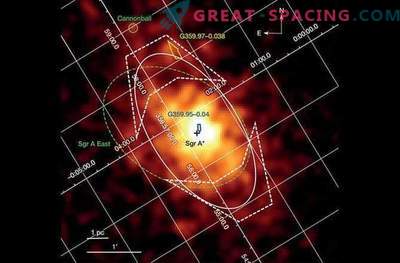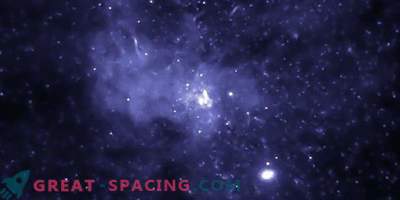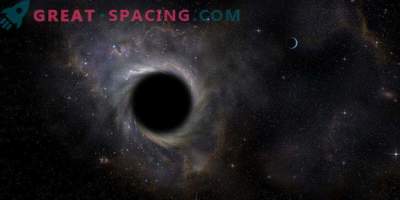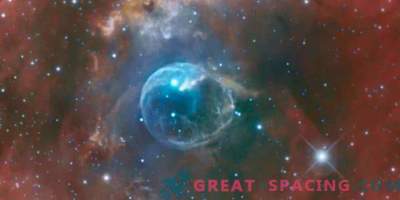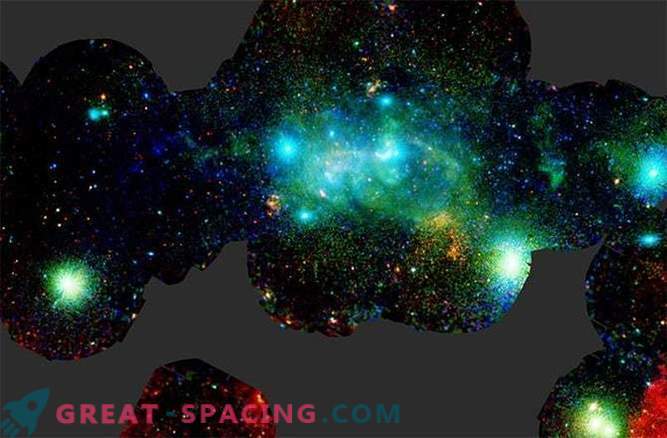
With the help of an x-ray machine, doctors can see dense structures, such as bones, located inside the human body. Similarly, astronomers use the X-ray emission capabilities of the ESA XMM-Newton space observatory. It makes it possible to identify structures that are in the center of the Milky Way, but not because the X-rays are blocked by them, but because of the very bright light that appears when these rays hit it.
Thanks to the mysterious X-ray signal, dark matter can be detected.
The above image shows how the center of the galaxy is crowded with stars when XMM-Newton radiates X-rays, which come in a continuous stream to very active and hot areas, such as accretion disks formed in the absorption zone of a substance by black holes.
At the very heart of our galaxy, at a distance of 26 thousand light years from Earth, is the oldest of them - Sagittarius A *, called the A-star. The mass of this supermassive black hole is 4.5 million times the mass of the Sun.
No matter how big and massive it is, Sagittarius A * cannot be compared with the largest supermassive black holes (which have a mass that exceeds tens of billions of times the sun) or with the brightest objects in this photo, made by XMM-Newton equipment. This is explained by the fact that, unlike other active galactic nuclei, it is relatively weak in x-rays. This may be due to the uneven absorption of matter or the release of a large amount of absorbed substance before it reaches the event horizon, gets accelerated, warms up and starts to shine when X-rays hit. As shown by the telescope, Sagittarius A * is surrounded by gases that glow when hit by X-rays. Perhaps these are substances that have left a black hole or snatched by powerful streams emanating from it, or by radiations located near stars.
A brightly shining region, significantly exceeding the brightness of the Sagittarius A * light, can be seen to the right below the galactic center. This glow is emitted, as already confirmed, by a cluster of supernova. Her temperature is very high!
This image is the result of observations for 1, 5 months by the XMM-Newton Observatory, which is located at a distance of 7 thousand km (4, 3 thousand miles) to 114 thousand km. (71 thousand miles) from Earth.
